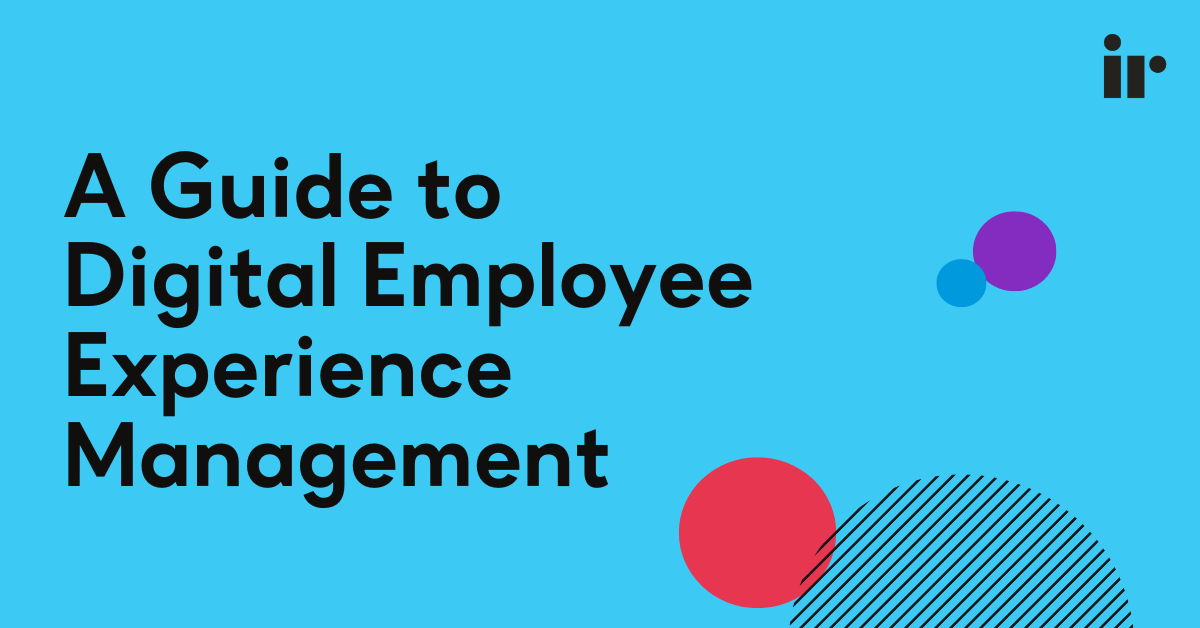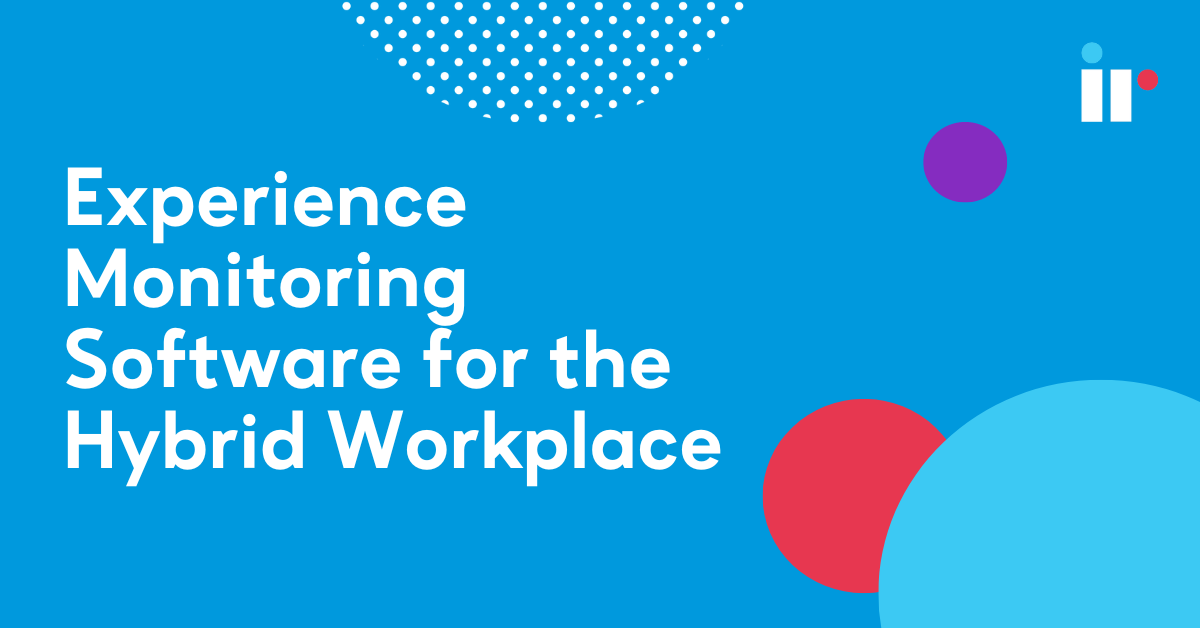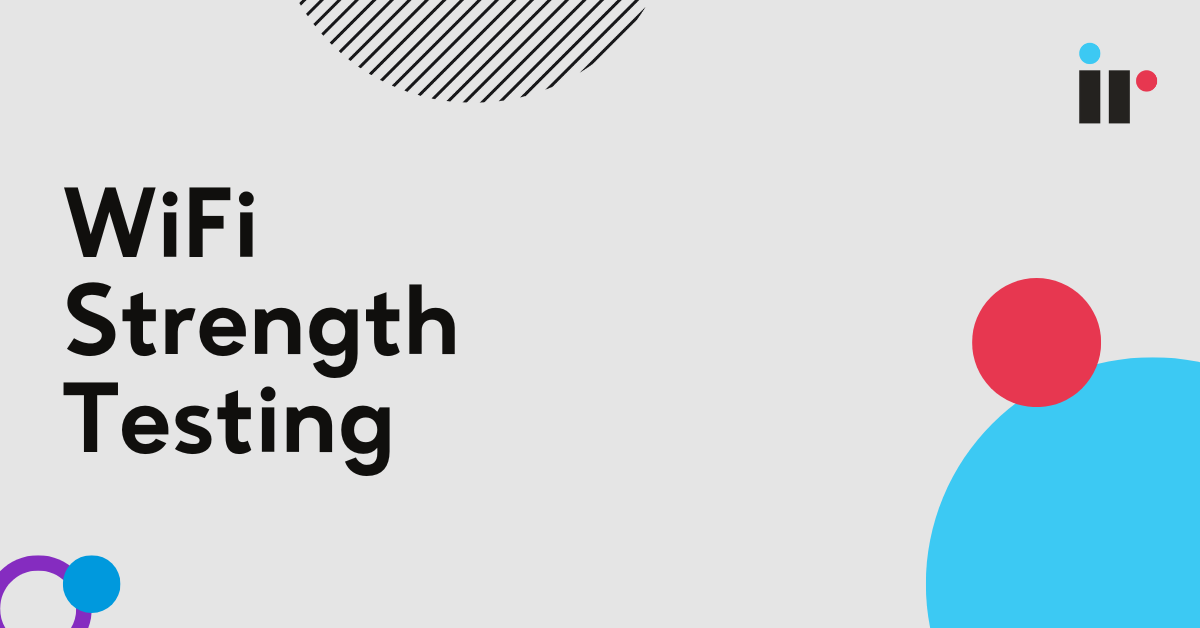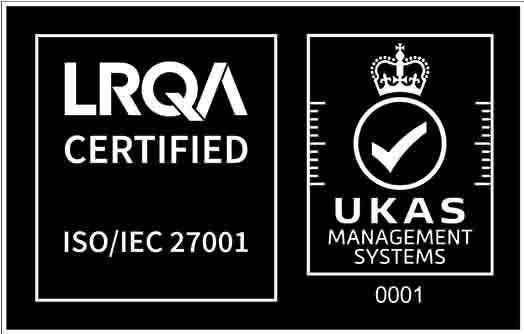New Contact Center practices must pivot around embedding quality customer experience into the fabric of the Contact Center. This eBook will cover:
Table of Contents
The ‘Age of the Customer’
Rapid advances in technology empower customers more than ever.
The eContact Center
- What comprises an omni-channel Contact Center?
- Customers’ expectations of equal service quality across all channels
Achieving a 360° customer view
Identify and fix problems before they impact customer experience
- Using analytics
- Troubleshooting
- Being proactive
4 keys to Contact Center success
- Technology choices
- Enhancing customer experience
- The 90-second rule
- Customer experience management as you:
- Plan, build, deploy & migrate
- Operate, troubleshoot & optimize
- Maximize usage & ROI
Managing the omni-channel eContact Center
- Know that carrier and toll-free services are correctly provisioned
- Be confident IVR and self-service applications are available, up and running
- Ensure host response times are acceptable
- Ensure availability of speech recognition and text to speech services
- Ensure the right data pops on the agent’s desktop
Download a PDF copy of our Contact Center guide
The Age of the Customer
Rapid advances in technology empower customers more than ever. As a result, they demand more.
IR, as an industry leader in customer experience management solutions helps staff keep the focus where it should be, on delivering a simple and collaborative quality customer experience.
The Contact Center’s challenge
If an organization is unable to communicate and provide the same level of experience and service across the customer’s channels of choice, the customer will quickly choose a competitor who can.
This is backed up by results of a recent global study of 16,000 banking customers* that identified 34% of people will stop doing business because of poor customer service.
*Copyright © 2015 Accenture. Banking Customer 2020: Rising Expectations Point to the Everyday Bank
One of the key purchase decision drivers is having a consistent, credible experience across multiple channels – search, company website, social media.
This is known as an omni-channel approach.
According to a US study by minewhat.com (applies to purchases >US$100) – the more expensive the product, the more people research online:
- 81% of shoppers research online
- 60% of these start with a search engine query (that should lead to a company website if SEO is correct)
- 61% of these look further for review sites
- 54% then visit a bricks-and-mortar store to see the product before purchase – this is known as ROPO (research online, purchase offline)
ROPO behavior is a reliable indicator of the customer’s expectation to use a corresponding omni-channel approach if they need to contact the company before, during or after purchase.
The challenge faced today across all industries is to embed the same customer experience into the fabric of the Contact Center, so that customers receive excellent service regardless of the channel they choose.
Enter the eContact Center
In an eContact world the company’s customer service agent (CSA) serves customers simultaneously across many channels. It may be for support where responding to a tweet is the difference between closing a sale or not. Or it may be to provide detailed pre-sales advice that a buyer asks via web chats.
Irrespective, once engaged, customers expect to receive the same quality of service using any of the channels available to them.
And with more than 50% of customers using multiple channels it’s vital the CSA can reference the customer’s previous purchases, preferences, contacts, and complaints – in other words – have a 360° view of a customer.
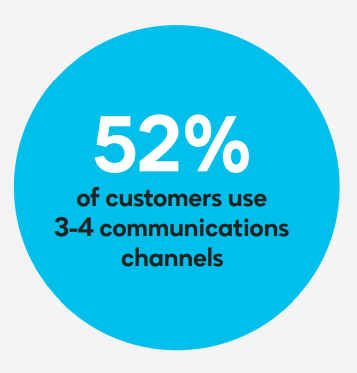
To the company this means universal availability and equal quality responses on all supported channels; an omnichannel mandate.
This can be enabled by a sophisticated CRM system (like cloud-based Salesforce. com, Oracle, or SAP) pulling data on demand from a variety of sources – point of sale, accounting, loyalty programs, reverse phone number, IP lookup, location, social media, and many more.
Or it can depend on the agent manually adding a chat transcript or other interaction to the customer’s history.
Irrespective, companies need a single 360° view of every customer via a unified dashboard. Unresolved contacts, regardless of channel, must be escalated and actioned quickly or they will impact Net Promoter Score (NPS*).
* The Net Promoter Score is a loyalty metric developed by Fred Reichheld. At its core, the Net Promoter Score tracks how customers represent a company to their friends,
Omni-channel is more than just multi-channel
Omni-channel spells the end of “Please hold, I’ll transfer you to someone who can help.”
Potential and existing customers see a company as a single entity – they don’t care about the company’s internal silos like sales, marketing, website, ordering, accounts, support and repair.
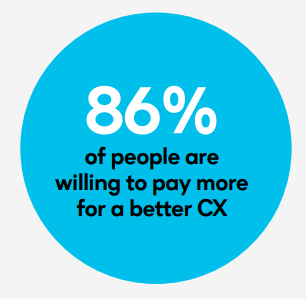
This means customers increasingly expect one point of contact with the company – not several, and do not want to be passed from ‘pillar to post’.
Similarly, companies must stop thinking about communication in silos – and meet the customer’s expectations across all channels.
Integrated cloud applications and platform service provider Oracle, says 86% of people are prepared to pay more for a better customer experience.
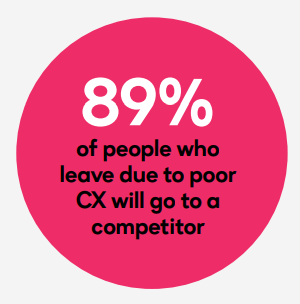
On the other hand, 89% of people who have ever stopped doing business with an organization due to a poor customer experience, began doing business with a competitor*.
*Oracle Customer Experience Impact Report 2011
It doesn’t matter how companies measure customer delight – NPS, satisfaction, recommendation, trust, ease of doing business, customer effort, value, loyalty – as long as they measure it on all channels.
In essence, the eContact center is a data-driven machine that can solve customer issues or provide advice quickly.
Here, the brand is promoted, defended, or ruined.
A 360° view of customer communications
Social media has overtaken most traditional forms of contact. It currently sits slightly below email but only if that is widely promoted by the company as a first method of contact.
Voice, the first resort by non-computer literate customers – is now the last resort by computer and mobile enabled customers – especially millennials or younger. So when they call, they’re likely to already feel distressed or frustrated!
Ideally companies must know if a customer has already accessed other channels before calling as a last resort. eContact agents must be able to give knowledgeable responses based on any previous contact.
Key channel include:
- Voice (and increasingly via mobile)
Both self-service via IVR and live agent interaction. - Email
Largely unstructured data (unless a web form is used). - Mobile apps
For sales, in-app sales, and support. - Website
- Support FAQs but only if they are well referenced and cross referenced to sales data.
- Self-service, structured forms can promote efficiency.
- Web chat (referred to as customer service chat – CSC).
- WebRTC (blurs the lines between voice, chat, video, and assisted browsing).
- Social media (including Facebook, LinkedIn, WeChat, Tumblr, Hangouts, Google+, Twitter and many more)
CSAs need training on how to respond to what could be a very public complaint, comment, or flame. Often cloud-based agents monitor all social media channels and use analytics to glean useful and valuable structured data from them. - Fax
- SMS
- Postal letter
The bottom line
A major issue with moving to eContact is that it’s relatively new technology and companies end up with disparate software and systems.
Using multiple best in class single solutions may not yield a best in class total solution. Another issue is turning unstructured data – comments from social media platforms, and manually copied chat interactions – into actionable outcomes.
 Customers who are reaching out are usually time sensitive. You can lose them in less than 90 seconds – the shelf life of emotion, if communication channels aren’t supported adequately.
Customers who are reaching out are usually time sensitive. You can lose them in less than 90 seconds – the shelf life of emotion, if communication channels aren’t supported adequately.
For example, a request is left on an organization’s Facebook page. Followers and friends of that person see the complaint as do organizations using social listening tools to pick up on disgruntled competitors’ customers.
Before a response can be made, that customer may have received a referral or solution from a competitor.
Companies may opt to initially service a limited number of channels, and customers are relatively happy with this.
However, many of the excluded channels should still be monitored for brand and reputation issues – usually a communications department role but increasingly an eContact Center role.
It’s not enough to just put some or all those channels out there. You owe it to your customers and to your brand to know you’re in line with the omni-channel mandate.
All those channels must be available when customers want to use them, do what they’re supposed to do, and do so efficiently and effectively. You need to make sure your customers don’t get frustrated by all the technology you put in place that’s designed to make it easy to eConnect with you.
The No. 1 technology trend being prioritized by contact centres is customer demand for emerging channels.*
*Dimension Data’s 2015 Global Contact Centre Benchmarking Report, © Dimension Data 2009-2015.
4 key to eContact Center success
We’ve identified 4 keys to ensuring a successful Contact Center. Technology choices and maturity levels drive the performance of important Contact Center metrics like customer satisfaction and NPS.
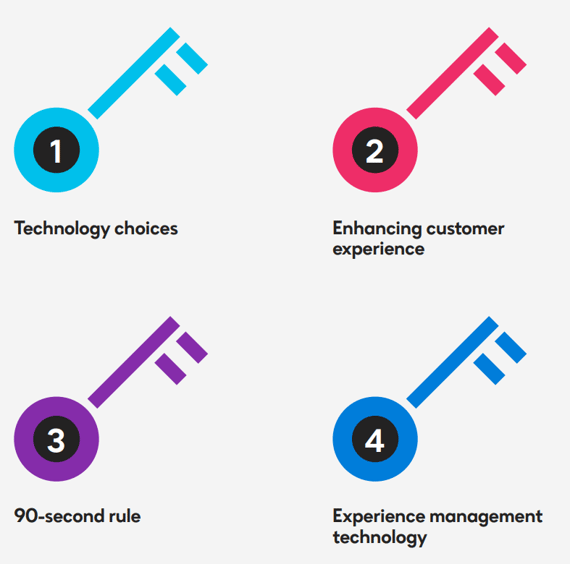
Frictionless customer experience has emerged as a key business differentiator – as little as 90 seconds can be the difference between a happy customer and a dissatisfied one.
Monitoring the performance of the technology that underpins your Contact Center is the key to delivering the customer experience you’re striving for.
Key 1: Technology choices
Contact Centers are strategic connection hubs and their purpose is evolving from ‘fixing things’ to enhancing CX (Customer Experience) at all stages in the pre/during/ post sales process.
Customers want immediate and frictionless ways to communicate, and recent Contact Center research reports provide some valuable perspectives.
- A true eContact Center will have at least 9 available channels. This means that embedding CX into the fabric of the Contact Center is not just about providing the channels, but servicing all of them properly.
- Digital or multi-channel is not just another way of describing omnichannel. The former are technologies and the latter is how these are focused on CX. It is as fundamental as changing the view from ‘inside out’ to ‘outside in’!
- Improved CX is the most competitive business differentiator.
- Capturing data from all sources to obtain a 360° view of the customer is key to CX but applying comprehensive business analytics is key to profit growth.
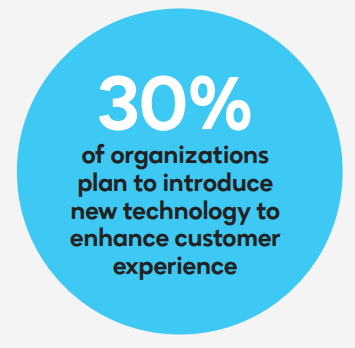
Right now there are few true eContact Centers – technology choices need to be made to enable the goal of improving the customer experience.
The leaders in eContact increasingly come from the finance and online shopping sectors where increased levels of CX lead to high levels of sales and boost customer loyalty.
More choices than ever
Unified Communications vendors are a great place to start as omni-channel is as much about voice – and moving from it – as it is moving to digital and self-help channels.
To begin with, you need hardware and software from vendors like Cisco, Avaya, Microsoft, Genesys, Alcatel-Lucent, Mitel, NEC, IBM, and more. And then there are Open Source solutions and new cloud entrants; 68.5% of Contact Centers plan to move to cloud technology soon.
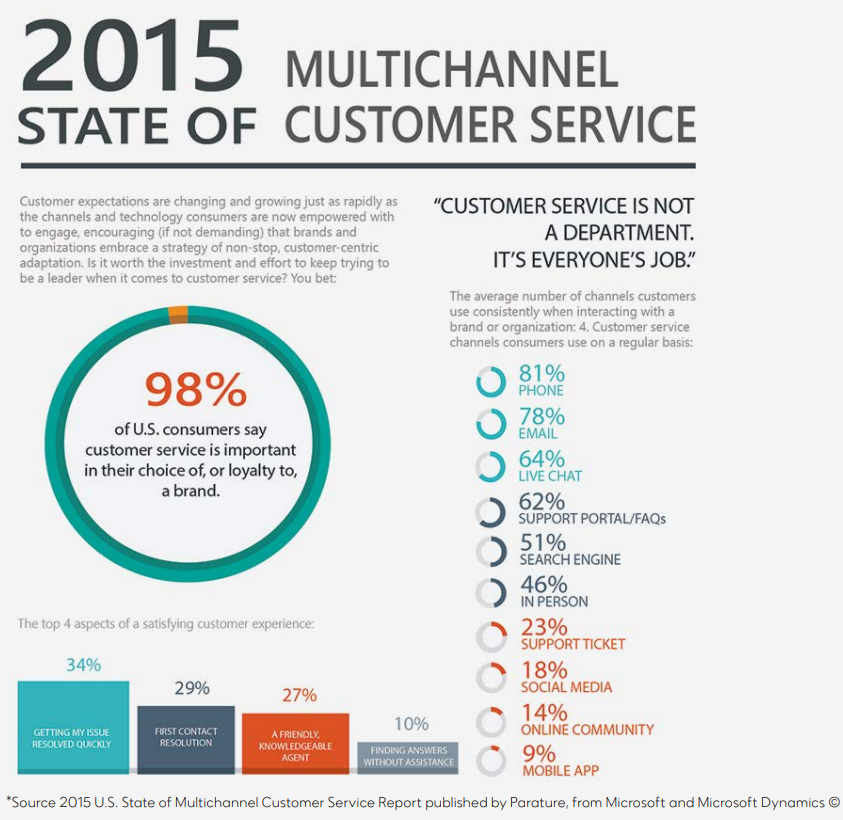
And the complexity only begins with the hardware. This key to eContact success can also rely on a customer relationship management (CRM) system to bring the omni-channel customer journey together for a 360° view.
This introduces vendors like Oracle, Salesforce, SAP, NetSuite, Microsoft Dynamics CRM, SugarCRM, IBM and perhaps lesser known vendors like Shopify, Shopatron or Ultra Serve’s Hybris may be viable.
There are many interface solutions to interact with the hardware, IP and CRM as well as monitoring social media feeds from Twitter, Facebook, Instagram or any of the international or ethnically driven social channels.
Some monitor, some facilitate feedback, and some allow for transfer to a more established channel, but all use proprietary data feeds and algorithms that need to be fed into the 360° view.
But... all this technology is no use if it doesn’t deliver a quality user experience!
See Key 3: the 90-second rule.
Key 2: Enhancing customer experience
Frictionless customer experience has emerged as a key business differentiator
Companies focusing on end-to-end customer journeys, across multi-channels and touch-points, are building significant competitive advantage, measurable business benefits and reducing customer attrition.
CX simply means that customers expect the same journey as they would if they walked into the bricks and mortar store where they bought an item.
Hasty adoption of eContact technologies often overlooks this face-to-face people factor. When implemented properly good CX can lead to reduced costs and increased profit, and is therefore one of the most valuable performance measurements organizations can implement.
The people factor may involve recruitment and training of a different type of customer service agent and equipping them with the tools to quickly resolve all issues regardless of channel. Businesses must move from being product focused, to customer focused.
Customers can choose from a huge range of channels; so most companies start out offering limited channels and add more as customers demand them.
In the US a recent State of MultichanneCustomer Service Report published by Parature* highlights the preferred communications channels used by customers when speaking to a brand or organization.
*Source 2015 U.S. State of Multichannel Customer Service Report published by Parature, from Microsoft and Microsoft Dynamics ©
Voice remains the preferred channel for Contact Center communication. However, with improvements in technology and the emergence of new platforms, voice could soon lose its position at the top of the ladder.
SMS text, web chat and mobile apps are also seen as key growth areas, with the latter able to cover a broad range of functionality from research, inquiry, support and feedback from the convenience of a mobile phone.
Social media is widely used by brands and will continue to be. However, because of the very public nature in which it operates, companies typically start with one social media channel like Facebook (or its regional equivalents) – and look to get that right before expanding to other platforms.
Mobile apps change the game because they inherently inject a sense of immediacy into the interaction, plus they have the potential to add location and video to the context of the CX. The ability to bring the entire customer journey to bear in a mobile interaction is key to meeting customer expectations.
Key 3: The 90-second rule
eContact Centers must meet acceptable, customer-centric service levels.
The 90-second rule applies – giving you the opportunity to mirror your customers’ expectations, fully engage with them and deliver the best experience possible.
You can elevate them to your level of positivity, refusing to let any negatives interfere with the bond between you and them. Full engagement with customers enables you to weather hardships in the future. It says to them “I value you.”
Don’t violate the 90-second rule.
Unlike basic voice metrics like queue length or voice quality, eContact is about offering a consistent experience across all channels. If you expect all voice calls to meet a specified service level, you must expect all methods of eContact to be measured similarly.
And this technology can be an expensive nightmare if it doesn’t work – potentially comprising dozens of ‘best of breed’ solutions and an on-premises or cloud platform that has to cope with it all.
Recent research** has shown that currently 40% of digital systems fail to meet current needs and 78% of managers fear these systems will not meet future needs regarding volume, traffic and customer response times.
**Source - Dimension Data’s 2015 Global Contact Centre Benchmarking Report, © Dimension Data 2009-2015.
eContact is complex and it needs the platform, operating system, hardware and software agnostic tools to ensure it’s working. Imagine the issues in a voice only Contact Center and multiply them by at least nine times.
Most vendors will have performance measurement metrics for their individual solution’s ‘silo’ – measurements of digital transactions such as time to respond.
But performance of the back office technology that underpins all of this – the IP networks, cabling, switches, routers, gateways, storage, computer, power and more is critical.
If the back office fails to deliver, it affects the ability of front line staff to serve customers.
Knowing how important the 90-second rule is to customer satisfaction and loyalty, it makes sense to ensure everything that powers your Contact Center is working. And working well.
This is where experience management comes into play. In addition to management of agents’ performance and availability, its management of the infrastructure that enables agents to deliver the best customer experience possible.
Key 4: Experience management technology
Comprehensive performance management correlates disparate data sources from network, voice, web and Contact Center technologies, adds in real-time CX measurements and brings a ‘thousand points of reference’ into a single ‘point of view.’
Experience management of Contact Center technologies is the key to delivering quality customer experience, productivity and cost efficiencies.
Experience management technology bridges the gaps. It creates powerful and actionable intelligence to optimize operations and work-flows ensuring frictionless omni-channel communications with your customers.
From an ‘outside looking in’ customer perspective it will measure end-to-end channel performance and inform if it performed as intended.
You can see step by step response times, results and recordings – unobtrusively observing the CX and getting actionable data to reduce issue resolution time and cost. Channel performance, or lack thereof, is the largest single issue that contributes to a good or bad Net Promoter Score.
From an ‘inside looking out’ perspective, real-time monitoring helps identify and quickly remedy channel issues. You can see network activity, identify network segments adversely impacting voice quality – the Contact Center technology’s response to customer interaction.
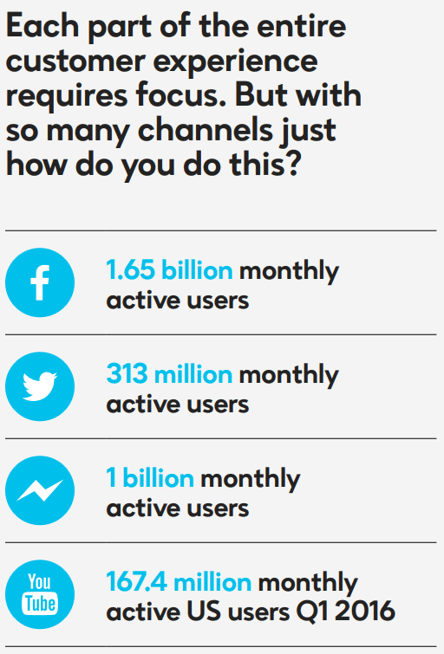 As many customer complaints revolve around basic functions you need to focus on fixing issues across every channel before you expand what you offer. But with so many channels just how do you do this? The answer is with Prognosis customer experience management solutions, from IR.
As many customer complaints revolve around basic functions you need to focus on fixing issues across every channel before you expand what you offer. But with so many channels just how do you do this? The answer is with Prognosis customer experience management solutions, from IR.
Prognosis is the ‘sheriff’ that impartially gives advice, finds the root cause, reduces downtime and gives you the confidence you need to deliver legacy and innovative solutions.
It frees you to focus on your customers, your markets, your brand and your reputation while it manages the infrastructure that’s behind every experience you deliver.
- Be confident IVR and self-service applications are available, up and running
- Ensure host response times are acceptable
- Ensure the right data pops on the agent’s desktop
- Ensure availability of speech recognition and text to speech services
- Know that carrier and toll-free services are correctly provisioned.
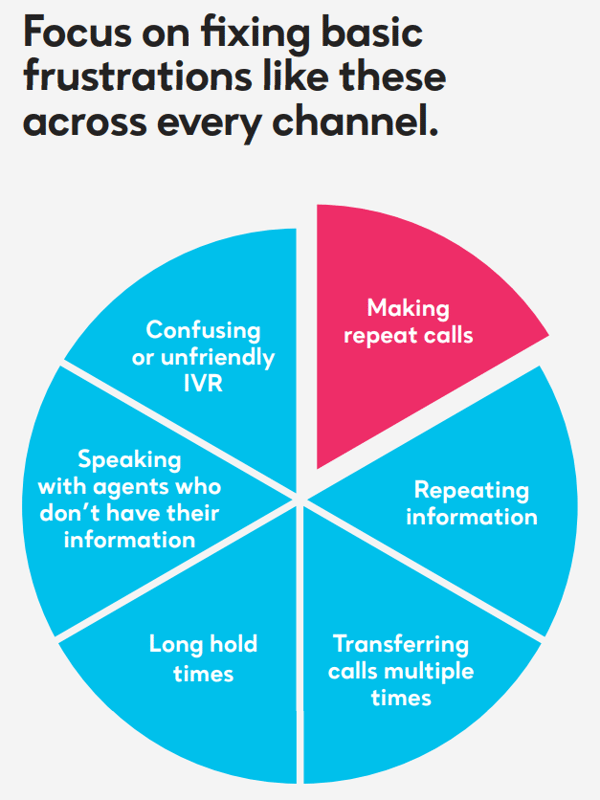
Prognosis capabilities
Prognosis provides invaluable insights every step of the way. In the table below we explain the value it offers as it helps you manage the risks and gain the rewards at each stage of a Contact Center solution life cycle.
|
Plan, Deploy & Migrate |
Operate, Troubleshoot, Optimize |
Maximize Usage & ROI |
|
|
BEING PROACTIVE |
|
|
|
|
TROUBLE SHOOTING |
|
|
|
|
ANALYTICS |
|
|
|
Customer experience management solutions
Contact Center customer experience management solutions from IR give you the power to be on top of everything 24/7.
Prognosis for Contact Center gives you everything you need to identify and eradicate problems before they impact the customer or agent experience. You’ll have full application and network visibility with hop-by-hop call information, including any network-related degradation. This lets you quickly pinpoint the devices that are involved in the impairment.
Prognosis StressTest™ provides load and performance cloud-based testing giving you the insight you need to manage, tune and verify Contact Center performance before you go live as well as after any changes.
Prognosis HeartBeat™ initiates Virtual Customer® test calls that interact with your system through the public telephone network just like real customers, giving you assurance that your system is working in every location and for every agent.
Prognosis Automated Feature Function Testing™ is a comprehensive and repeatable way to test each feature of an IVR application against design documentation throughout its life cycle. This enables you to verify the customer experience is as you intended without risking real customer satisfaction.
Prognosis WebBeat™ tests real browser transactions against your solution at whichever frequency you specify. You’ll gain peace of mind about the availability and performance of on-line self service solutions. And If unplanned performance issues occur related to web access, redirection servers, firewalls, or services, your team is notified immediately. You can review transaction results and control the notification process.

